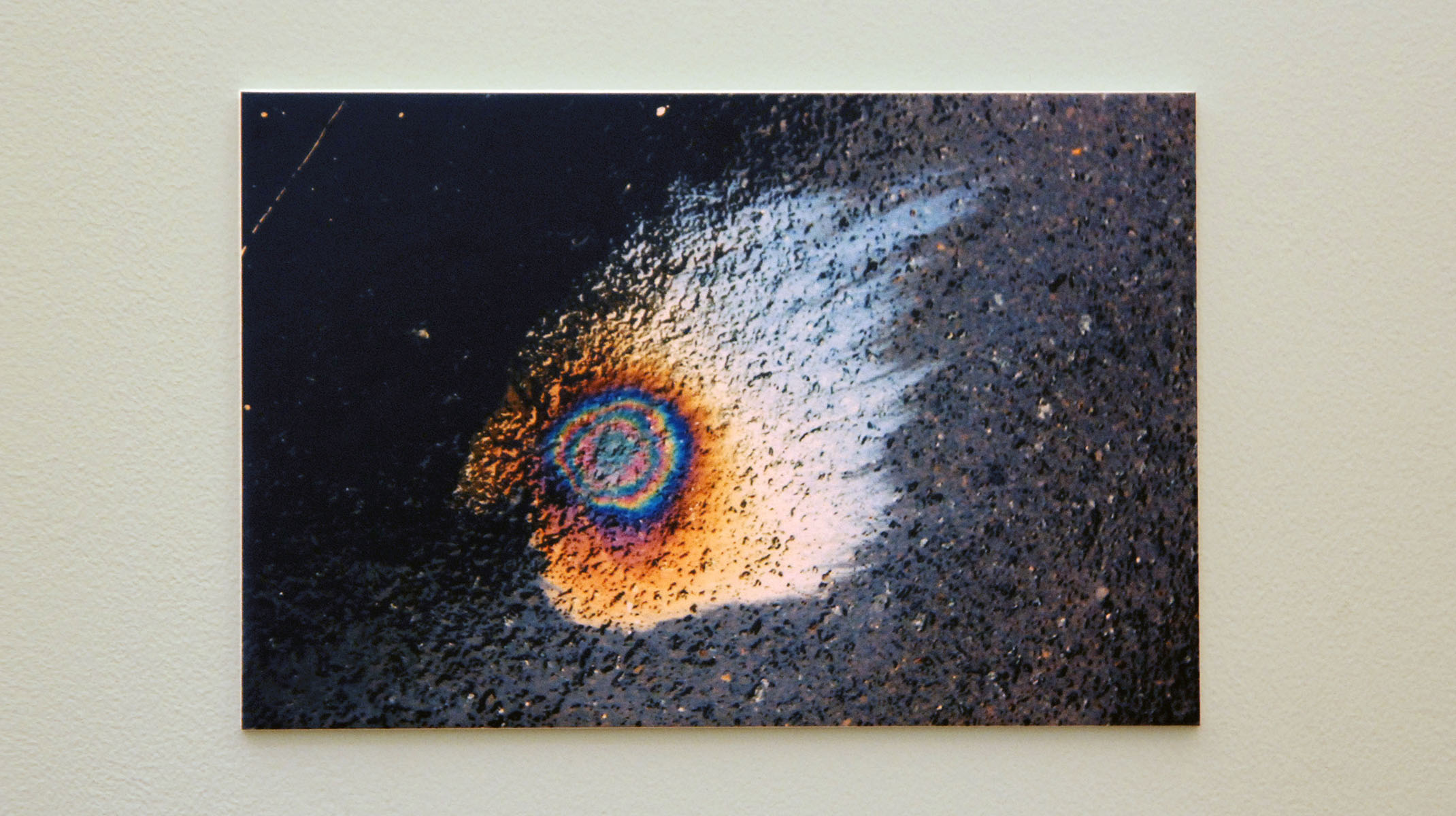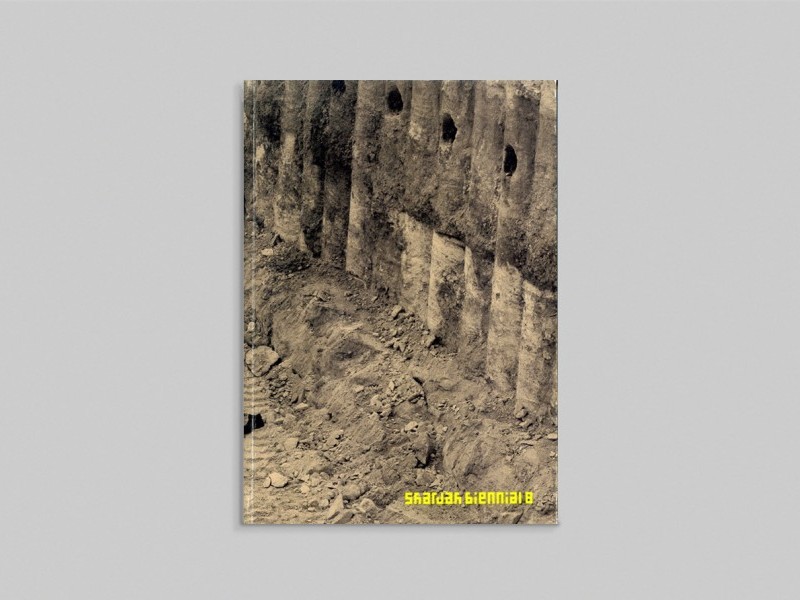
The Nature of Conflict, 2007
Jennifer Allora and Guillermo Calzadilla
The Nature of Conflict, 2007
Oil and water
Courtesy of the artist
search


Jennifer Allora and Guillermo Calzadilla
The Nature of Conflict, 2007
Oil and water
Courtesy of the artist
Over the past five years, we have realised a series of site- specific projects informed by the working concept Land Mark, which unsettles the formal and ecological premises of earlier Land Art by posing the following questions: in whose interest is land marked, and to what ends? Which marks are deemed worthy of preservation, and which are subject to obliteration? These questions were formulated in response to what we call the “transitional geography” of the Puerto Rican island of Vieques. In 2003, a long-term campaign of civil disobedience succeeded in forcing the U.S. Navy to quit the western half of the island, which for 60 years was used as a munitions testing ground. This was only a partial victory for activists – the bomb-scarred land was transferred from the military to the Department of the Interior and reclassified as a wildlife refuge, purportedly to restore the costal ecosystem and protect it from “disruptive” human activity. While claiming to heal the land in the aftermath of its violent usage, official environmentalism has inscribed a violence of its own, silencing the demands of island residents that the land be fully decontaminated and turned over to municipal management, which would enable the process of reconstruction to be debated democratically rather than dictated from above.
Returning a Sound is a project of vehicular re-engineering that addresses not only the landscape of Vieques, but also its soundscape, which for residents of the island remains marked by the memory of the sonic violence of the bombing. In this case, we follow a civil-disobediance activist named Homar as he takes a kind of “victory lap” around the demilitarised island on a motorcycle whose muffler has been supplemented by a trumpet. The noise-reducing device is thus diverted from its original purpose, becoming a counter-instrument whose emissions follow not from a preconcieved score, but from the jolts of the road and the discontinuous acceleration of the bike’s engine as Homar acoustically reterritorialises areas of the island formerly exposed to ear-splitting detonations. The atonality of the trumpet’s call – it variously evokes the siren of an ambulance, Luigi Russolo’s Futurist Intonarumori and even experimental jazz – puts it at odds with the musical convention we might typically expect to mark a popular victory and an affinity with a “land”, namely an anthem. Indeed, the title of the work excavates the etymological origins of the word order to unsettle it from within: anthem derives from the Greek antiphonos ("sounding in answer"), a composite of anti ("in return") and phone ("voice"). The anthem thus entails a kind of answerability to a sonic event that precedes the one who answers. This primitive definition marks a potential dissonance in a genre associated with the harmonious "voice of the people", a figure normally tied to the principle of territorial co-belonging. Yet in Viques, the future of the reclaimed land remains uncertain and is largely insulated from democratic claims – Returning a Sound at once celebrates a victory and registers its precariousness, calling for an unheard-of vigilance.
This project was part of Sharjah Biennial 8.

This catalogue accompanied Sharjah Biennial 8, which attempted to renegotiate the relationship between art and ecology into a system of cohabitation.

The second book in the Still Life: Art, Ecology and the Politics of Change series, documents Sharjah Biennial 8 as it was on view.